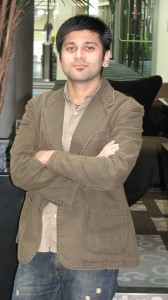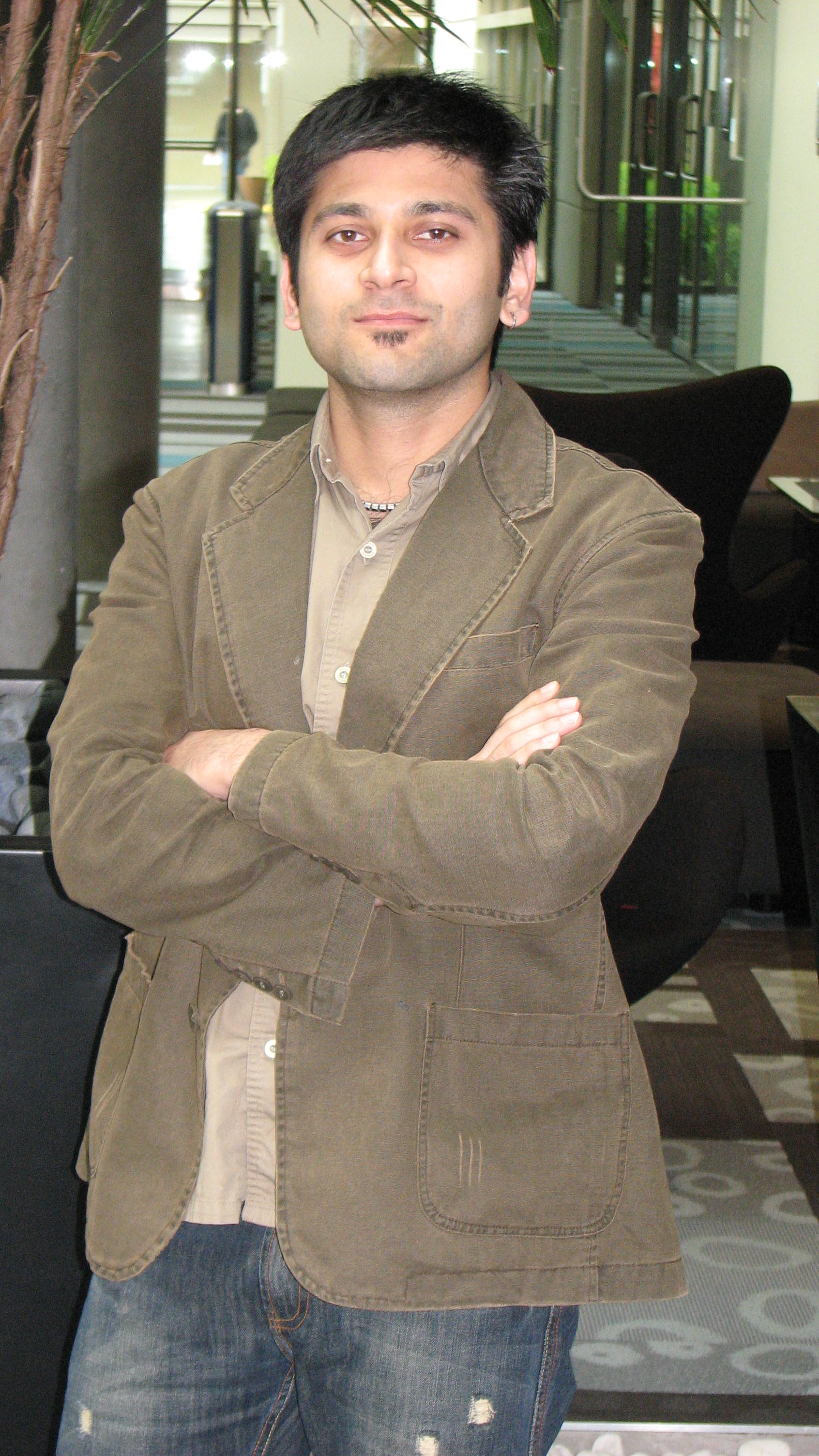The combination can help telcos reduce pressure on 3G networks, say Indian researchers
Ratul MahajanAs Indian telecom operators ready themselves for 3G rollouts by year-end, a team of three Indian researchers has successfully conducted a pilot in the US that demonstrates combining 3G with Wi-Fi networks can help reduce pressure on 3G spectrum.

Ratul Mahajan – a member of the Networking Research Group at Microsoft Research Redmond – and his team comprising Aruna Balasubramanian and Arun Venkataramani – both pursuing their research at the University of Massachusetts – have enough data to support their theory.
In a paper titled ‘Augmenting Mobile 3G Using Wi-Fi’ – presented during the eighth annual International Conference on Mobile Systems, Applications and Services – Mahajan and his team described a system called ‘Wiffler’ which leverages the presence of Wi-Fi networks to offload cellular traffic. A moving vehicle sometimes travels through areas where Wi-Fi coverage overlaps with 3G. In these areas, it should be possible to offload traffic from more expensive 3G networks onto Wi-Fi, then switch back when Wi-Fi is unavailable.
The team had set out to find a solution to decongest cellular data networks, having realised that the services were crumbling under their own popularity. Subscribers, especially in big cities in the US, are experiencing deteriorating 3G signal quality because the network is not being able to cope with the high demand. Wireless providers are even imposing limits on the per month usage of data to counter the pressure. But the move is not user-friendly.
The team set up test beds in three cities: Seattle, San Francisco, and Amherst, Massachusetts. Amherst is a college town. While both Seattle and San Francisco are large cities, San Francisco is more densely populated than Seattle. In Amherst, the experiments were based on buses with preset routes, while in Seattle and San Francisco, the experiments were based on privately owned cars. The experiments in Seattle included long periods of freeway travel.
The study found that average 3G and Wi-Fi availability across the cities is 87 per cent and 11 per cent, respectively. Wi-Fi throughput is lower than 3G throughput, and Wi-Fi loss rates are higher.
Wiffler uses two key ideas – leveraging delay tolerance and fast switching – to overcome poor availability and performance of Wi-Fi. For applications that are extremely sensitive to delay or loss (for example, VoIP), Wiffler quickly switches to 3G if WiFi is unable to transmit the packet within a small time window. Their experiments revealed that Wiffler significantly reduces 3G usage. For a realistic workload, the reduction is 45 per cent for a delay tolerance of 60 seconds.
The team sees direct benefits to network operators from Wiffler because the system reduces stress on cellular networks. Users also can benefit, because Wiffler reduces cellular-bandwidth usage — an important consumer issue now that network operators are structuring usage-based mobile data plans. Mahajan also said that while their experiments took advantage of free Wi-Fi hot spots, in a real-world deployment, Wiffler could make use of paid hot spots, which increases Wi-Fi availability and offers better Wi-Fi performance.
India is expected to have 150 million 3G connections by 2014, according to a forecast by Wireless Intelligence — a service of trade group GSMA. The country may face similar problems with congestion due to pressure on 3G spectrum as its popularity picks.
“Wi-Fi is cheap since it does not require any license but it’s unreliable. 3G, on the other hand, has high reliability but is expensive (Indian telcos are spending millions to set up 3G networks). The combination of 3G and WiFi not only reduces pressure on the 3G spectrum but also reduces per-byte cost of data transfers. Both are important in a developing country like India. The former is important because the urban areas in India are more densely populated, which creates a higher per-unit-area demand on 3G for the same penetration level. The latter is important because a lower per-byte cost of data would allow the carriers to reach a larger fraction of the population,” concludes Mahajan.
India is estimated to have over 175 branded models of phones with Wi-Fi. Globally, 30 per cent of all phones will have Wi-Fi integrated models by 2013, according to In-Stat. India is expected to have slightly over 1.15 billion mobile subscribers by 2013, and this may translate into Wi-Fi being embedded in almost 350 million phones. A Cisco 2010 report reveals that the average smartphone user generates 10 times the amount of traffic generated by the average non-smartphone user. And India, the report states, will experience the highest increase in smartphone (all the new ones come with Wi-Fi) penetration — growth of 5.5 fold by 2014.
